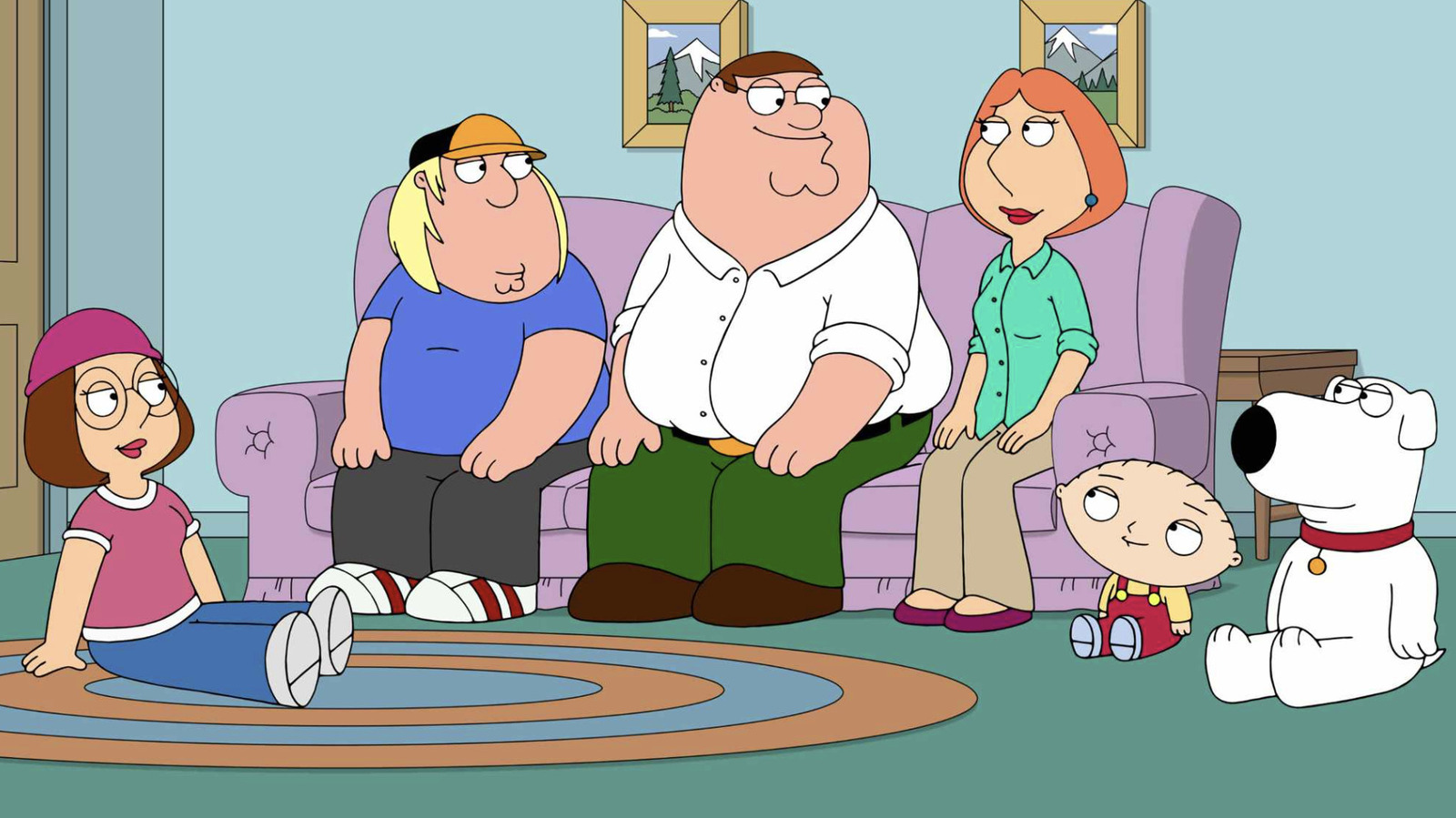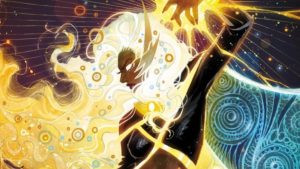
Seth MacFarlane, the man behind the wildly popular animated series “Family Guy,” has always been surrounded by a bit of mythos regarding his role in the writing process. For many casual fans, there’s a belief that MacFarlane is intimately involved in every aspect of the show. However, the truth is quite different. Though he voices numerous characters, MacFarlane’s involvement in the writers’ room has diminished significantly over the years. He revealed in interviews that he hasn’t actually penned any episodes since around 2009, and prior to that, he officially scripted just three episodes out of more than 400 in the series’ run.
Indeed, writing for long-running sitcoms like “Family Guy” is a collaborative effort. One writer may be credited for an episode, but the reality is that many hands contribute to the final product, often leading to a blur regarding who crafted which joke or storyline. This ambiguity is felt even among seasoned writers on other popular shows, highlighting the intricate web of collaboration involved in television writing.
While it may be a bit of an understatement to say that MacFarlane only officially wrote three episodes, it’s crucial to acknowledge that he’s received main writing credits for just those: “Death Has a Shadow,” “Family Guy Viewer Mail #1,” and “North by North Quahog.” Let’s dig into what makes these episodes noteworthy.
“Death Has a Shadow,” the very first episode of “Family Guy,” effectively set the tone for the animated series during its pre-cancellation phase. It’s brimming with the initial quirks that would later refine into the show’s signature style. The pilot stands out with its introduction of memorable characters like the diabolical baby Stewie and the wise-cracking dog Brian. Interestingly, it distinguishes itself from “The Simpsons,” despite clear inspirations. The confidence reflected in this pilot is reminiscent of the “Futurama” debut that aired that same year; both shows found their footing quickly and aimed to exceed the early missteps of their predecessors. While not universally hailed as the best, “Death Has a Shadow” remains a beloved episode, particularly since “Family Guy” revisited its origins in the 2011 episode “Back to the Pilot.”
Moving on to “Family Guy Viewer Mail #1,” this episode showcases the show’s adventurous spirit. While “Family Guy” has never fully embraced an anthology format like “The Simpsons” does with its famed “Treehouse of Horror,” this third-season episode marked an early foray into similar territory. The three segments flow effortlessly: Peter’s comical wish fulfillment via a genie, the Griffin family discovering superpowers and exploring the chaos that ensues, and a nostalgic homage to “Little Rascals” with the adult characters depicted as children. Although some might argue that later episodes, such as the iconic “Three Kings,” outshine it, “Viewer Mail #1” paved the way for future anthology efforts within the series.
Finally, “North by North Quahog,” the fourth-season premiere, emerged after a nearly four-year hiatus. It features clever humor, notably a satirical jab at the Fox network itself. The episode kicks off with Peter declaring they’ve been canceled, only to be met with a humorous list of shows that were quickly axed—an ironic nod to Fox’s tumultuous history of programming decisions. This meta-commentary resonates strongly with fans who were aware of the network’s past failures during that era. Beyond this clever opener, the episode delivers the familiar antics of Peter’s whacky escapades paired with the growing comedic dynamism between Brian and Stewie.
Through these three episodes, we see the unique touch of Seth MacFarlane as he crafted not only the show’s beginning but also its evolving identity. Each episode serves as a testament to his early vision, helping to shape the irreverent and bold style that “Family Guy” has come to embody over the years.



